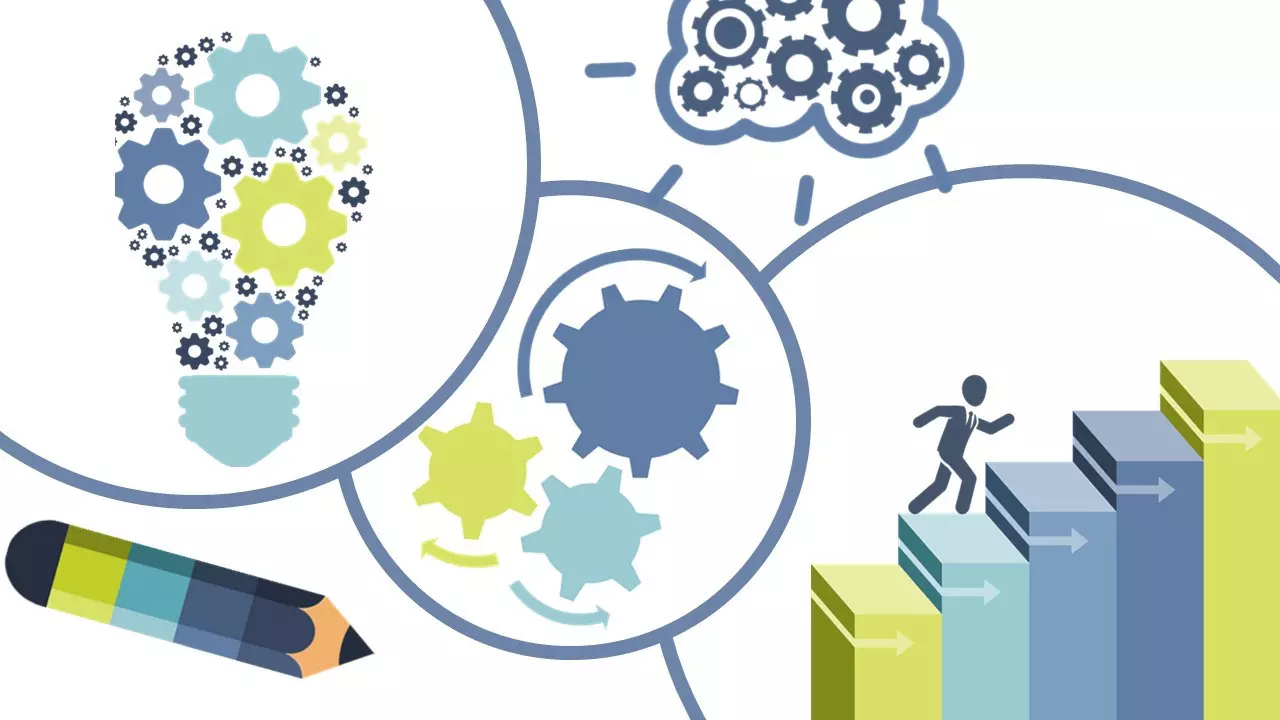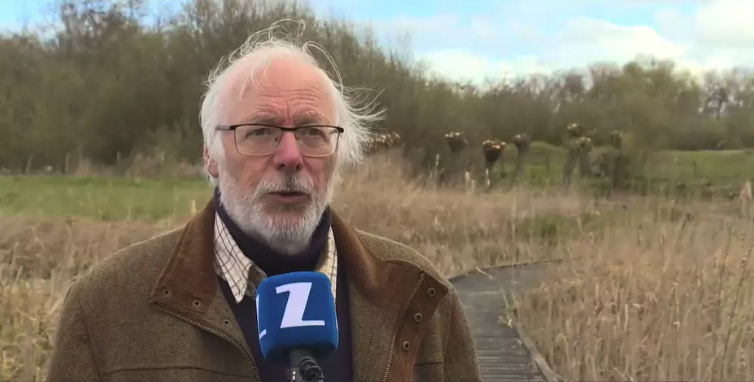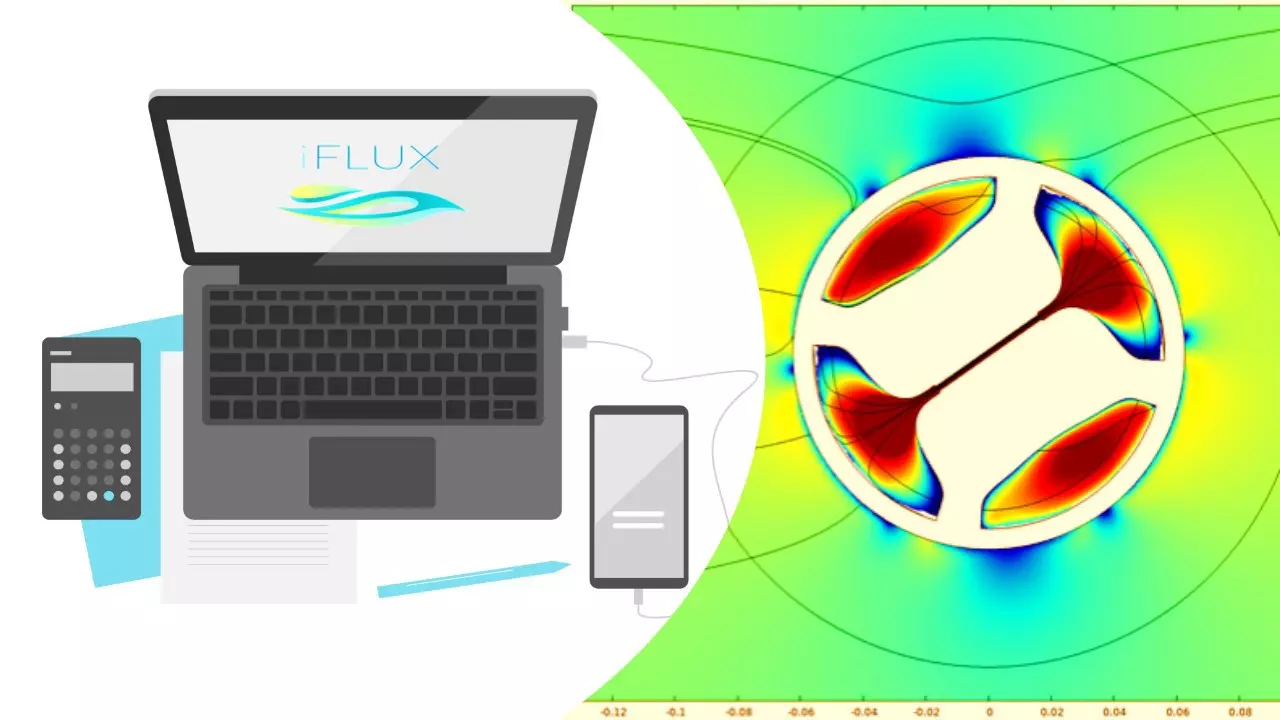Lessons learned PART III: Interpreting flux results to reduce uncertainty and improve conceptual site model
Posted on Monday 26 April 2021 A lot has changed since the start of iFLUX and its more than 80 different projects. We have learned a...
1 min read
 Goedele Verreydt
:
Apr 30, 2024 6:18:27 AM
Goedele Verreydt
:
Apr 30, 2024 6:18:27 AM

Posted on Wednesday 6 January 2021
Worldwide, there are many differences in how groundwater monitoring is tackled. There’s enormous variation in environmental regulation worldwide, but also in the project circumstances (differences in climate, differences in the types of soil and stratification, differences in well characterization,…)
iFLUX has done over 90 projects in the past 3 years in over 12 different countries. This gave us more understanding about the varying local circumstances and regulation regarding groundwater monitoring. And it improved the iFLUX design and data processing.
The current pandemic made us organize ourselves even more for remote projects. For example, an online manual was made so that customers can do their own iFLUX installations. These measures are accelerating the internationalization of iFLUX and facilitates projects worldwide. Projects are therefore possible from a distance, and even in remote areas.
Up till now we have successfully measured groundwater- and contaminant fluxes in: Belgium, Czech Republic, Denmark, Finland, France, Germany, Italy, the Netherlands, Poland, Sweden, Switzerland and the United Kingdom.
We understand how important it is to adapt to the local circumstances. So we value how past projects made us learn about the local differences.
In Denmark, for example, flux measurements were encouraged via multiple research projects for validation. Denmark’s situation is intriguing: more than 99% of water use is based on groundwater. Denmark has had a comprehensive national groundwater-monitoring program since 1988 based on 74 well catchment areas, which explains it’s importance to understand the groundwater system. iFLUX’ technology, based on the original PFM methodology has been improving based on lessons learned during these projects.
In France, Finland and Switzerland we were involved in regulatory-driven pilot projects to define ‘codes of best practices’ to use flux measurements in specific cases, as well as to get familiar with the application of flux monitoring.
In Switzerland, consultants are asked to report the fluxes and take them into account in their decisions.
Even emerging contaminants vary worldwide. We saw how PFAS became a hot topic in the Netherlands and are nowadays even doing a first PFAS measuring campaign in the UK.
We’re open to further broaden this scope and continue learning. If you have any questions regarding our experiences in your region, contact us at info@iflux.be

Posted on Monday 26 April 2021 A lot has changed since the start of iFLUX and its more than 80 different projects. We have learned a...

Posted on Tuesday 27 April 2021 In collaboration with the University of Antwerp and Natuurpunt, iFLUX has implemented a sensor...

Posted on Wednesday 10 March 2021 Real-time groundwater flux sensing depends on in-depth knowledge of many different conditions...